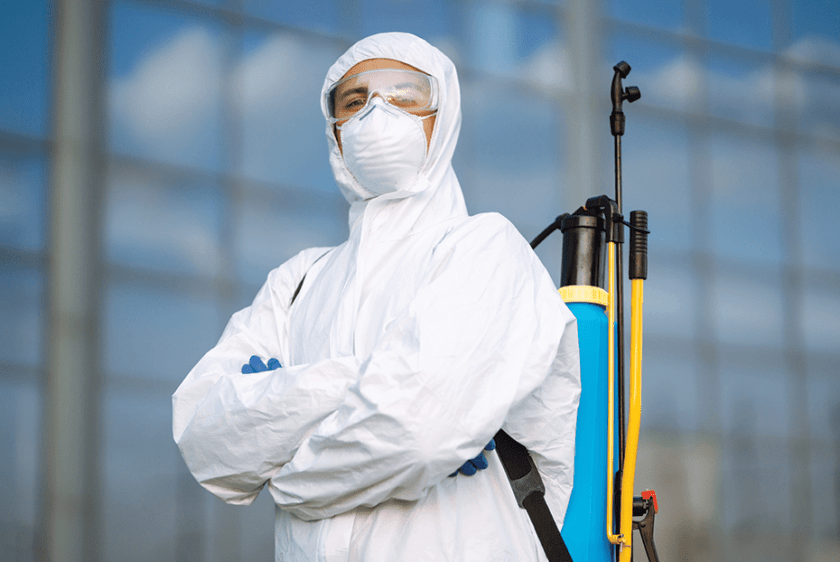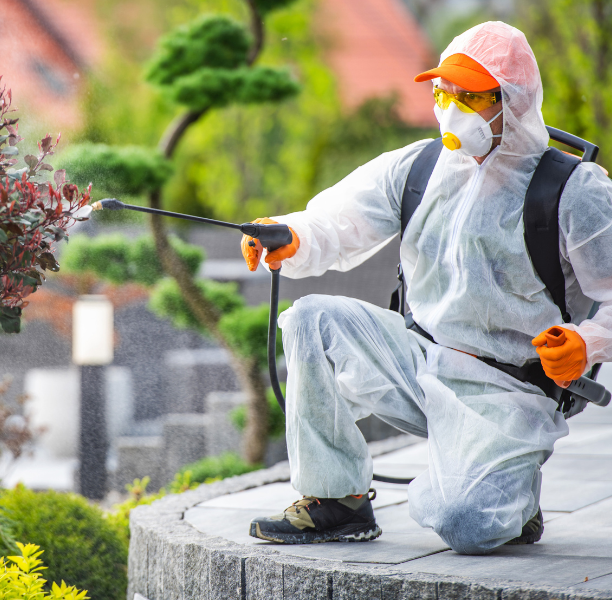Budget-Friendly and Dependable Services by Pest Control Lockhart
Budget-Friendly and Dependable Services by Pest Control Lockhart
Blog Article
Exploring Problem and Therapy Techniques in the World of Parasite Control
The landscape of parasite control encompasses a myriad of difficulties, particularly as infestations of common household pests continue to evolve. By incorporating preventative actions with advanced management methods, such as Integrated Insect Administration (IPM), homeowners can better secure their environments.

Common House Pests
When it involves handling our home, understanding common family pests is critical. These pests not only disrupt our convenience but can likewise pose health and wellness threats and damages home. The most widespread house bugs consist of ants, roaches, rodents, termites, and bed bugs.
Ants, typically seen foraging in kitchen areas, can pollute food and develop huge colonies. Rodents, consisting of mice and rats, can cause architectural damages and carry illness like hantavirus and salmonella.
Recognizing the indications of these pests, such as droppings, nests, or attack marks, is vital for early intervention (Pest Control Lockhart). Appropriate cleanliness techniques, securing access factors, and keeping a clutter-free environment work preventative procedures. By identifying these common house pests and comprehending their actions, property owners can take positive actions to alleviate problems, ensuring a much healthier living environment
Comprehending Pest Infestations
Parasite invasions can escalate swiftly, turning a minor annoyance into a significant problem if not dealt with quickly. Understanding the nature of these invasions is crucial for efficient monitoring. Pests can get into household and commercial rooms for numerous reasons, consisting of the look for food, shelter, or breeding premises. Typical aspects adding to invasions consist of poor cleanliness, architectural susceptabilities, and seasonal changes that drive bugs indoors.
Recognizing the kind of bug is crucial, as different varieties display different behaviors and reproductive rates. For example, rodents might establish nests in covert areas while insects like cockroaches grow in moist atmospheres. Early detection usually rests on acknowledging indications such as droppings, nibble marks, or uncommon sounds, which can indicate a problem prior to it ends up being extreme.
Cozy, humid climates can help with the fast development of insect populations, while adjustments in landscape design or building can accidentally create conducive atmospheres. An informed approach to understanding these dynamics lays the foundation for effective insect management strategies in the future.
Treatment Approaches and Strategies
Efficient therapy approaches and strategies are necessary for minimizing pest problems and bring back a safe environment. A multifaceted approach is often best, integrating chemical, biological, and mechanical approaches tailored to the particular insect and the extent of the infestation.
Chemical therapies include using pesticides and herbicides, which can successfully get rid of parasites. Appropriate application and adherence to safety guidelines are essential to lessen threats to people and non-target organisms. Integrated Pest Administration (IPM) urges the sensible use chemicals as a last option, depending instead on surveillance and limit degrees to identify treatment requirements.
Biological control approaches include presenting natural killers or parasites to decrease bug populaces. This method is increasingly popular, specifically in agricultural setups, as it advertises ecological sustainability.
Mechanical techniques, such as traps and obstacles, supply immediate alleviation from insects without presenting chemicals. Options include sticky traps for bugs or physical barriers for rodents.
Inevitably, the selection of therapy approach should consider the specific bug, the environment, and possible effects on human wellness and environments. A balanced mix of these methods can efficiently take care of infestations while advertising lasting bug control solutions.
Safety Nets for Homes
Proactively attending to look at this now pest concerns prior to they intensify is crucial for preserving a healthy home atmosphere (Pest Control Lockhart). Carrying out reliable safety nets can significantly lower the chance of invasions, eventually protecting both your building and health

Appropriate landscape design additionally plays a vital role in prevention. Maintaining shrubs and trees cut away from the residence lowers the possibilities of parasites locating their way inside. Additionally, make sure that water drainage systems are working effectively to stop standing water, which can attract mosquitoes and other pests.
Finally, routine examinations are a good idea. Consistently looking for indications of bug activity permits very early intervention. By embracing these safety nets, house owners can create a setting that is less hospitable to bugs, therefore boosting their overall lifestyle and lowering the need for substantial bug control interventions.
Business Pest Control Techniques
A thorough strategy to industrial bug control is essential for organizations aiming to maintain a safe and sanitary environment. Effective methods include a have a peek at this site mix of regular examinations, worker training, and the implementation of Integrated Pest Monitoring (IPM) practices.
Normal evaluations allow very early detection of parasite activity, enabling timely intervention. Companies should develop a regular timetable for these assessments, focusing on risky locations such as kitchen areas, storage rooms, and garbage disposal sites. Worker training is equally essential; staff should be enlightened on the indicators of bug invasions and the relevance of reporting them promptly.
Implementing IPM practices aids reduce parasite issues sustainably. This includes environment adjustment, such as securing entrance points and decreasing mess, in addition to employing all-natural deterrents before resorting to chemical therapies.

In addition, working together with a licensed insect control supplier makes certain access to specialist expertise and sophisticated therapy choices. This collaboration can bring about customized pest control prepares tailored to the specific requirements of the service, lessening threats and improving general efficacy. Home Page Eventually, an aggressive and enlightened approach promotes a pest-free atmosphere, protecting both public health and company credibility.
Conclusion
In final thought, effective parasite control necessitates a comprehensive understanding of usual family pests and their behaviors, paired with targeted therapy approaches. Carrying out preventive actions together with treatment approaches such as Integrated Insect Management and biological control boosts the capacity to mitigate invasions.
Report this page